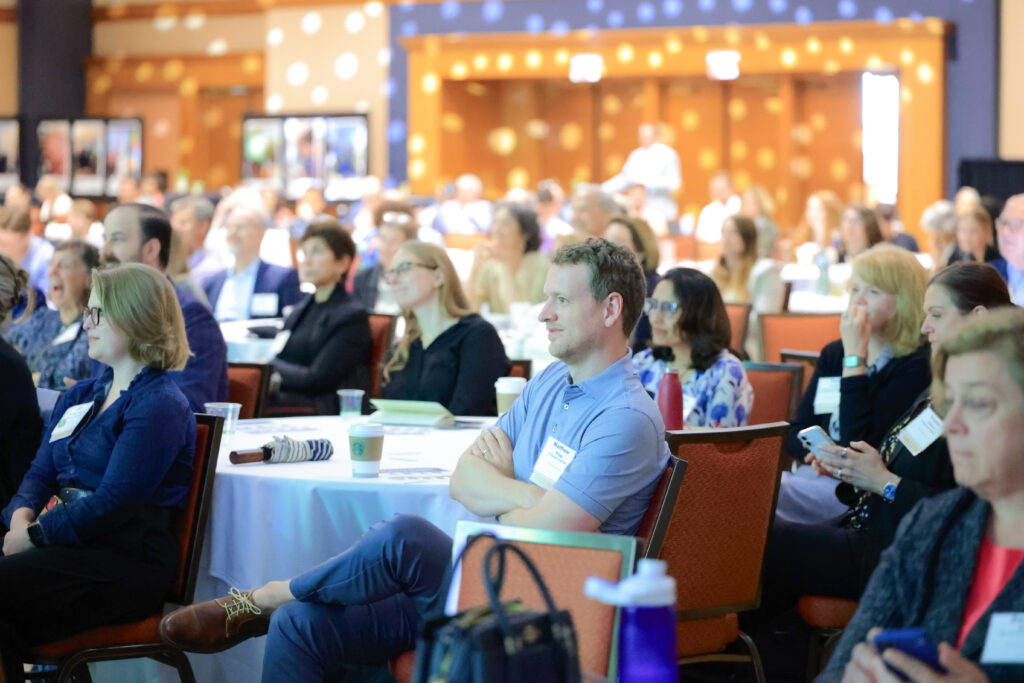In the midst of a COVID-19 induced global supply chain breakdown, scientists, suppliers, and sustainability professionals come together to discuss how we can accelerate the adoption of greener lab practices and circularity in research.

Last Tuesday, from our computer screens around the world, leaders from higher education, life sciences research, sustainability professionals, procurement managers, and manufacturers gathered to discuss recent progress as well as challenges and barriers in the green labs movement during the My Green Lab Summit.
How to transition to greener lab practices
Research laboratories are highly energy-intensive environments. In fact, labs are found to consume 4 times as much energy as regular commercial buildings, with its constant need to provide energy for large research equipment such as freezers and autoclaves. In addition, labs purchase and consume an enormous amount of plastic equipment and supplies, a large amount (see Nature article) of which are wasted and discarded into landfill. It’s easy why resource efficiency and sustainability are an afterthought in labs: you’re always one step closer to a major discovery, and being resource conscious often is an afterthought. For years, scientists and sustainability professionals have been brainstorming ways to reduce the energy consumption and environmental footprint of lab spaces, and while there has been significant progress, there exists significant room for improvement particularly when it comes to sustainability research.
One thing is for certain: It should not be left to scientists to hunt down information to figure out how resources can be shared across a network, when they are no longer needed for experimentation, and what greener product alternatives exist. A cradle-to-cradle, circular resource management policy and workflow should be made available to everyone, in every lab.
On Sustainable Procurement Practices
Rheaply attended a breakout session on Sustainable Procurement, which aimed to address the questions “What could sustainable procurement guidelines look like for laboratory supplies? How can for-profit companies and non-for-profit entities (such as universities) align to support suppliers with sustainable products? How can suppliers support the goals of sustainable procurement? And how do we incorporate equity and social justice into this framework?”
Here are our key takeaways:
1. Collaboration between manufacturers and procurement leaders is critical to accelerating lab sustainability practices
University procurement leaders have identified a lack of clarity from suppliers and manufacturers on the sustainability impacts of their products (in the form of energy-saving certifications). In order for university procurement and sustainability leaders to highlight their progress towards respective university zero-waste/sustainability targets, they need to have clear information from suppliers on the environmental impact of their products. Often, suppliers and manufacturers may update their product sustainability levels but neglect to report the change to their university buyers, who then cannot take credit for having improved their universities’ sustainability goals.
2. More trustworthy third party certifications
Energy efficiency and sustainability certifications such as Energy Star and (another example of certification) create consistent benchmarks for procurement personnel to access the sustainability impact of their purchases. Therefore, it is important for suppliers and manufacturers to (correctly) label their products with relevant and widely-recognized certifications so that buyers can fully understand the environmental and sustainability impact of their purchases.
On Supply chain and COVID-19 disruptions and Circularity
Rheaply led the breakout session on circularity and there was inspiring discussion around data, materials selection, producer responsibility and “recyclability”. But this is only half the story of the circular economy. Surplus management in research is broken, because reuse programs are decentralized and solutions need to focus on how to make these differentiating strategies more cohesive
1. COVID-19 is a wake-up call — our supply chain is broken and must be rebuilt
With recent global supply chain disruptions due to COVID-19, businesses around the world are faced with the stark reality of not be able to restock their supplies. This highlights the need for all businesses to shift their dependence on the global supply chain to more localized sources. This will allow for local supply circularity which will significantly reduce carbon emissions associated with current international production and shipping methods.
2. We must shift the focus to engagement and reward mechanisms
Circular reuse strategies must focus on engagement and education of both upstream (e.g. manufacturers, distributors, funding bodies) and downstream stakeholders (e.g. recyclers, those that can reuse materials, and development of markets for raw material). By incorporating take back programs that monetarily reward reuse and other circular gamification schemes, we can essentially recreate a scenario of the past for reuse — when recycling rates were higher when applying discounts, deals and social connections.
3. We must put pressure on funding bodies to prioritize sustainable/circular products.
Extended Producer Responsibility (EPR) regulations put pressure on producers into (1) designing out waste in products when manufacturing and (2) paying for the the treatment or disposal of post-consumer products. This naturally incentivizes reuse schemes and increases moving toward circular products and strategies.
4. We must create a common platform to share resources AND find the most sustainable lab products and suppliers.
Several conversations surrounding circularity and the very act of reuse shifted toward how to operationalize reuse through sharing and collaboration. Rheaply’s technology provides a digital platform for scientists, researchers, procurement and facilities managers alike to source lab assets within any given institution. In addition to our technology service, we also aim to be a resource for lab sustainability and reuse for ALL relevant stakeholders.
How do we prioritize which changes to make?
Many issues are vying for our attention at the same time. This is no different when improving sustainability efforts in lab spaces. Should we focus on reducing buildings’ energy consumption? Creating consistent benchmarks? Reducing plastic lab equipment consumption? Reducing the waste of lab consumables? Improving plastic and glass recycling efforts? Switching to low-energy freezers? Actively sourcing from sustainable suppliers? ALL are good efforts, but each will have distinct costs as well as short-term and long-term sustainable impacts. It might be helpful to decide which sustainability measures are least costly, labor intensive, while impact-generating and then focus first on those measures.

